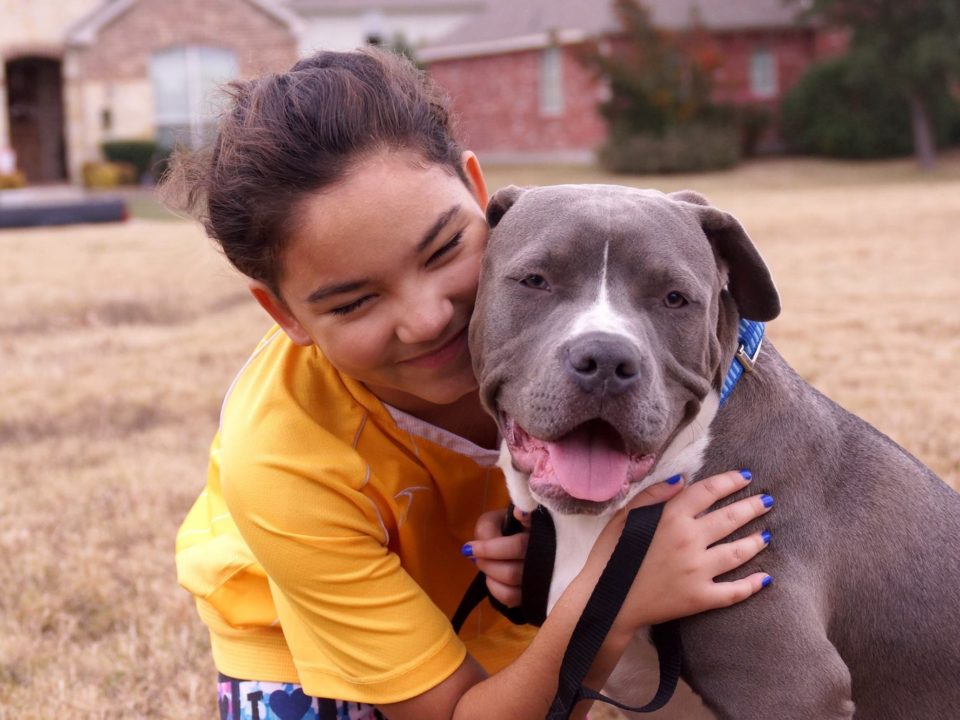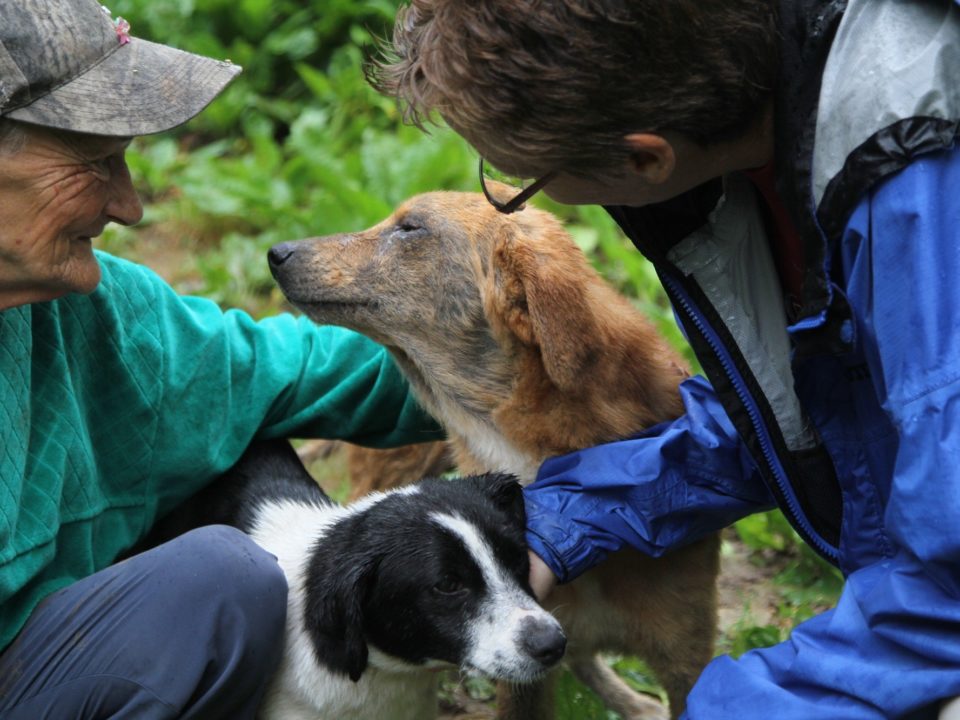Safe Transporting Practices for Animal Rescuers
June 21st, 2021
Volunteers across the country frequently transport animals to other cities and states for rescue, foster care and adoption. While this practice saves the lives of countless animals, it also requires special attention to the safety and well being of the animals.
RedRover asked seasoned animal rescue transporters for their tips, and here is a sampling of their recommendations.
Basic guidelines
These guidelines are not intended to be a comprehensive list of requirements. We encourage you to review the links and resources in the next section, and please check on all relevant laws and ordinances before the transport takes place.
- All animals should be health-checked by a veterinarian and approved for travel.
- All animals should wear a collar and tag with mobile contact information. If possible, animals should be microchipped.
- Each animal should be in a separate carrier except for young littermates, mothers with puppies younger than eight weeks or bonded pairs. Carriers should be secured within the vehicle.
- Vehicles should be enclosed and secure, and have effective climate control and ventilation.
- Monitor ambient temperatures carefully so the animals don’t get too warm or cold. Stop at least once every four hours to check on all animals; feed, water and clean as necessary.
- Never leave animals unattended in a parked vehicle. See My Dog Is Cool for more information.
- Secure all animals on a leash or in a carrier before opening the door. Use a slip lead at all times while loading or unloading a dog into or out of a transport kennel. While holding cats, always keep one hand on their scruff.
- Practice careful disease prevention protocols, such as not letting unfamiliar animals come in contact with each other, separating animals from different shelters and thoroughly disinfecting after each transport.
- Earn certification in pet first aid and CPR, and bring a well-stocked pet first aid kit.
- Clarify responsibilities and plan for possible difficult situations before you leave, such as the protocol if an animal shows signs of illness or if the vehicle breaks down.
- Bring plenty of cleaning supplies, clean bedding, newspapers and blankets. Also bring a change of clothing for yourself.
- When you arrive home after the transport, take precautions to not expose any transmissible disease to your own pets, such as removing shoes and clothing in the garage and laundering any clothing, blankets and towels used with bleach and hot water.
Resources and referrals
- USDA Companion Animal guidelines and laws [link]
- Association of Shelter Veterinarians’ Standards of Care guidelines, see page 45 [link to PDF]
- ASPCA Position Statement on Animal Transportation for Adoption [link]
- Louisiana State University Emergency Animal Shelter Disaster Response Manual, see page 62 [link to MS Word Doc]
- Operation Roger guidelines [link]
- On the Road Again (OTRA) Yahoo Group [link]
- Read about some of the issues involved in transporting animals in this Los Angeles Times article. [link]



